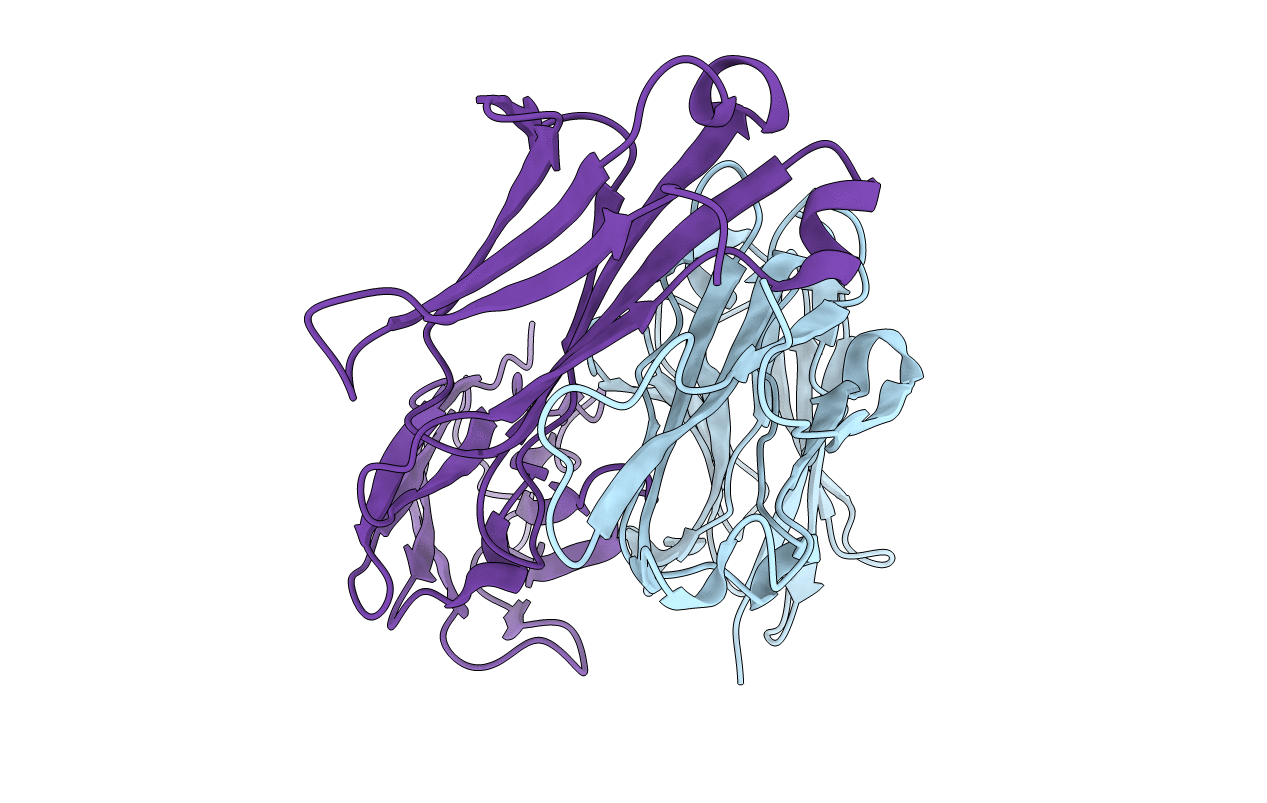
Deposition Date
2001-03-20
Release Date
2002-03-20
Last Version Date
2024-10-30
Entry Detail
PDB ID:
1I9I
Keywords:
Title:
NATIVE CRYSTAL STRUCTURE OF THE RECOMBINANT MONOCLONAL WILD TYPE ANTI-TESTOSTERONE FAB FRAGMENT
Biological Source:
Source Organism:
Mus musculus (Taxon ID: 10090)
Host Organism:
Method Details:
Experimental Method:
Resolution:
2.72 Å
R-Value Free:
0.25
R-Value Work:
0.19
Space Group:
I 2 2 2


